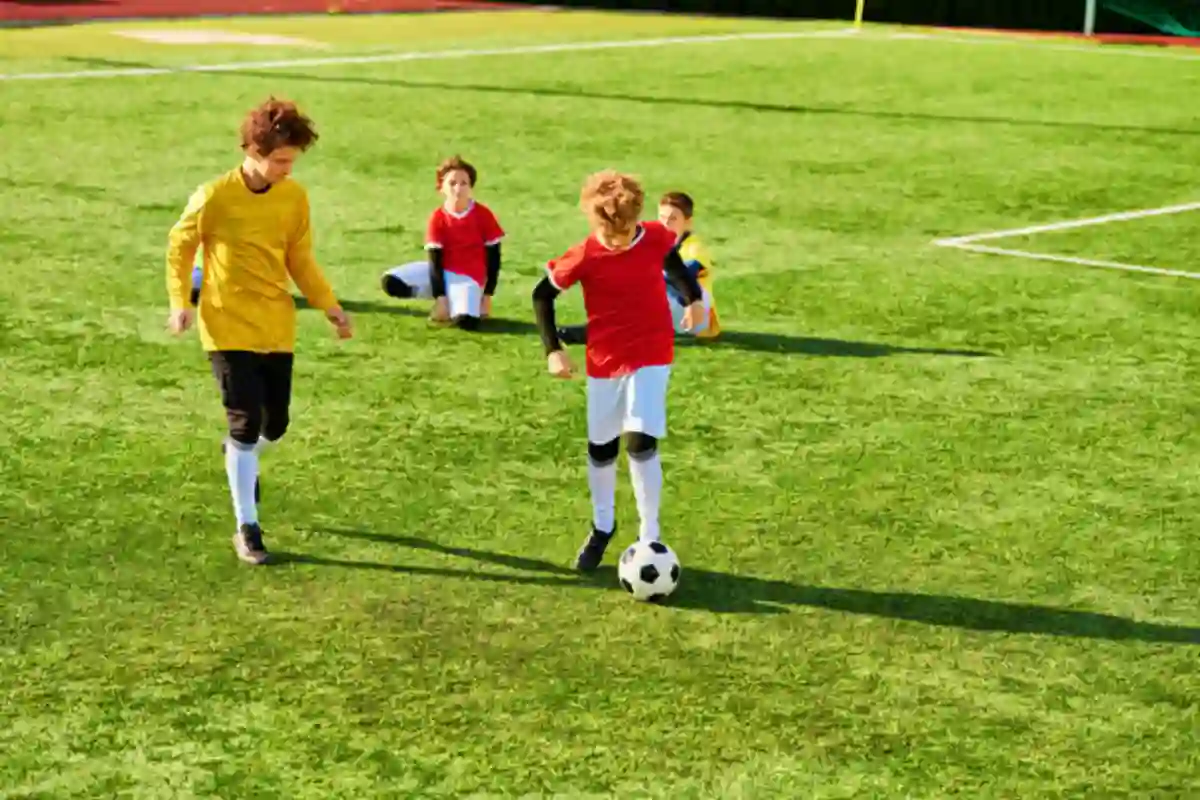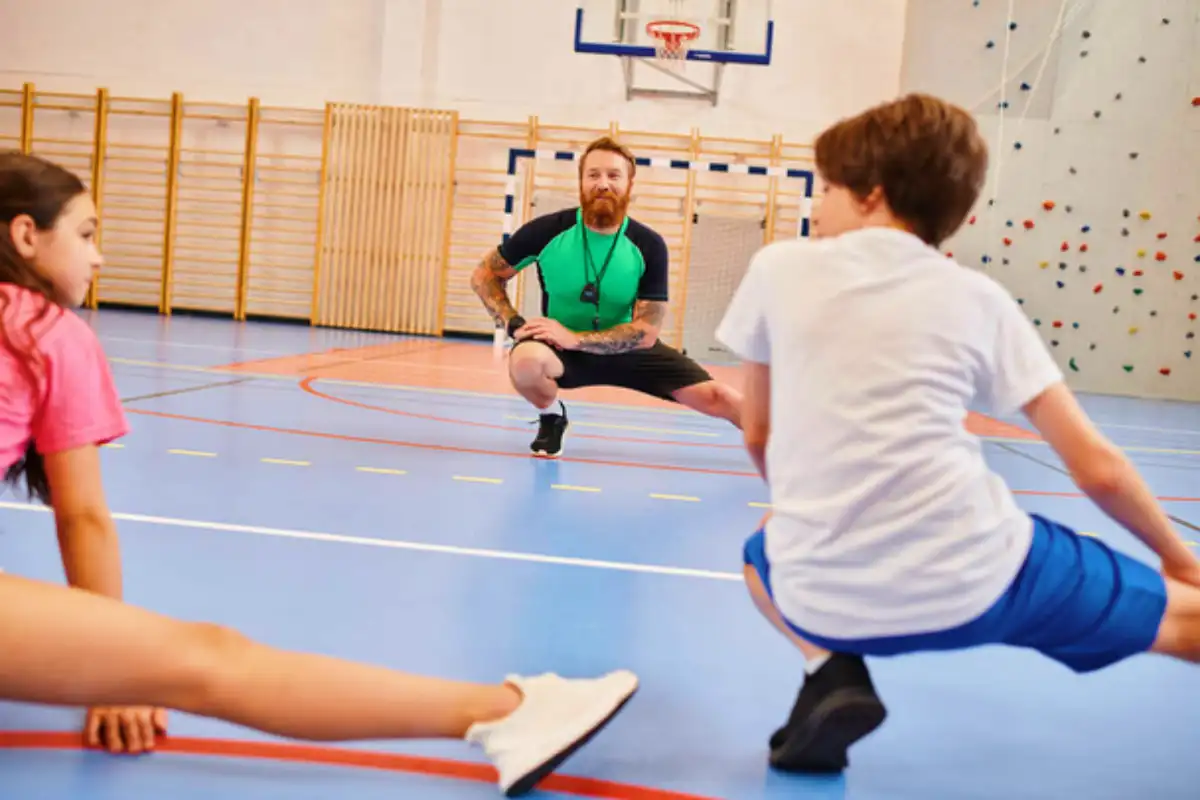Exercise is essential for maintaining physical fitness, boosting mental well-being, and improving overall quality of life. However, simply working out is not enough—following the correct exercise methods ensures safety, maximizes results, and prevents injuries. Whether you are a beginner or an experienced athlete, understanding the right ways to exercise can make a significant difference in achieving your fitness goals.
In this article, we explore the correct ways to exercise, covering warm-ups, workout techniques, recovery strategies, and other important factors to consider for a safe and effective fitness routine.
1. The Importance of Warming Up and Cooling Down
A. Why Warm-Up is Essential
Warming up prepares the body for physical activity by increasing blood flow, loosening joints, and raising muscle temperature. Skipping this step can lead to injuries or poor workout performance.
Effective Warm-Up Routine:
- Light Cardio (5-10 minutes): Jogging, jumping jacks, or brisk walking gradually raises your heart rate.
- Dynamic Stretching: Leg swings, arm circles, and torso twists enhance flexibility and range of motion.
- Sport-Specific Movements: If preparing for strength training, doing bodyweight squats or push-ups can activate the necessary muscles.
B. The Role of Cooling Down
After exercising, a proper cool-down helps the body return to its normal state and reduces post-workout soreness.
Effective Cool-Down Routine:
- Light Cardio (5-10 minutes): Slow jogging or walking lowers the heart rate gradually.
- Static Stretching: Holding stretches for 20-30 seconds improves flexibility and prevents muscle stiffness.
- Deep Breathing: Helps relax the nervous system and restores normal breathing patterns.
2. Choosing the Right Type of Exercise
Different types of exercise provide specific benefits, and a balanced fitness routine should include a combination of the following:
A. Cardiovascular Exercise
Cardio workouts improve heart health, endurance, and calorie burning. Some of the best cardiovascular exercises include:
- Running or jogging
- Swimming
- Cycling
- Rowing
- Jump rope
For optimal results, aim for 150 minutes of moderate-intensity cardio or 75 minutes of high-intensity cardio per week.
B. Strength Training
Strength training builds muscle, increases metabolism, and strengthens bones. It involves exercises using weights, resistance bands, or body weight. Key movements include:
- Squats (lower body strength)
- Deadlifts (full-body engagement)
- Bench Press (upper body strength)
- Pull-Ups and Rows (back and arm muscles)
For best results, train major muscle groups at least twice a week with appropriate rest days in between.
C. Flexibility and Mobility Training
Flexibility exercises enhance joint movement and reduce the risk of injuries. Essential flexibility practices include:
- Yoga
- Pilates
- Static and dynamic stretching
Adding flexibility workouts 2-3 times per week can improve movement efficiency and reduce muscle tension.
D. Functional Training
Functional training improves everyday movement patterns by focusing on core strength, stability, and coordination. Key exercises include:
- Kettlebell swings
- Medicine ball exercises
- Bodyweight movements (lunges, push-ups, planks)
This type of training is ideal for athletes and individuals looking to enhance daily performance.
3. Proper Exercise Form and Technique
Maintaining proper form prevents injuries and ensures effective muscle engagement. Here are some general principles to follow:
- Keep the spine neutral: Avoid excessive rounding or arching of the back, especially during lifting exercises.
- Engage the core: Tighten abdominal muscles to provide stability during movements.
- Control movements: Avoid jerky or fast motions; instead, use slow, controlled movements to maximize effectiveness.
- Use a full range of motion: Complete each exercise with full movement to ensure proper muscle activation.
- Adjust weights appropriately: Start with lighter weights and gradually increase to avoid strain.
If unsure about form, consider working with a personal trainer or using a mirror to check posture.
4. Rest and Recovery
Rest is just as important as exercise. Without proper recovery, the body cannot repair itself, leading to fatigue and injury.
A. Rest Days
- Allow muscles at least 48 hours to recover before training the same muscle group again.
- Schedule at least one full rest day per week to let the body recover fully.
B. Sleep and Nutrition
- Aim for 7-9 hours of quality sleep per night to support muscle recovery.
- Consume a balanced diet rich in protein, healthy fats, and carbohydrates for optimal performance.
C. Active Recovery
On rest days, low-intensity activities like walking, stretching, or yoga help keep the body moving without overexertion.
5. Hydration and Nutrition for Exercise
A. Hydration
Proper hydration is key to maintaining performance and preventing muscle cramps or fatigue. General guidelines include:
- Drink water before, during, and after workouts.
- For intense or long-duration workouts, electrolyte-rich drinks can help replenish lost minerals.
B. Pre-Workout and Post-Workout Nutrition
- Pre-Workout: A small meal or snack rich in carbohydrates and protein (e.g., a banana with peanut butter) can provide energy.
- Post-Workout: Consuming protein-rich foods (e.g., eggs, chicken, or a protein shake) helps muscle recovery.
6. Listening to Your Body
Pushing too hard without recognizing the body’s signals can lead to injuries. Signs that indicate the need for rest or medical attention include:
- Persistent pain (beyond normal soreness)
- Extreme fatigue or dizziness
- Joint swelling or instability
- Shortness of breath beyond normal exertion
If experiencing these symptoms, it is best to stop exercising and seek professional advice if necessary.
7. Staying Consistent and Motivated
Consistency is key to seeing long-term results. Strategies to stay motivated include:
- Setting realistic and achievable goals
- Keeping a workout journal to track progress
- Finding an exercise partner for accountability
- Mixing up routines to prevent boredom
- Rewarding milestones to stay encouraged
Conclusion
Exercising correctly is about more than just movement—it involves preparation, proper technique, balanced routines, recovery, and listening to the body. By incorporating warm-ups, maintaining proper form, balancing different exercise types, and prioritizing rest and nutrition, individuals can achieve their fitness goals while preventing injuries.
Whether your goal is weight loss, muscle building, endurance improvement, or overall well-being, following these exercise principles will help you make the most of every workout. Stay consistent, stay safe, and enjoy the benefits of a healthier, stronger body!
O


